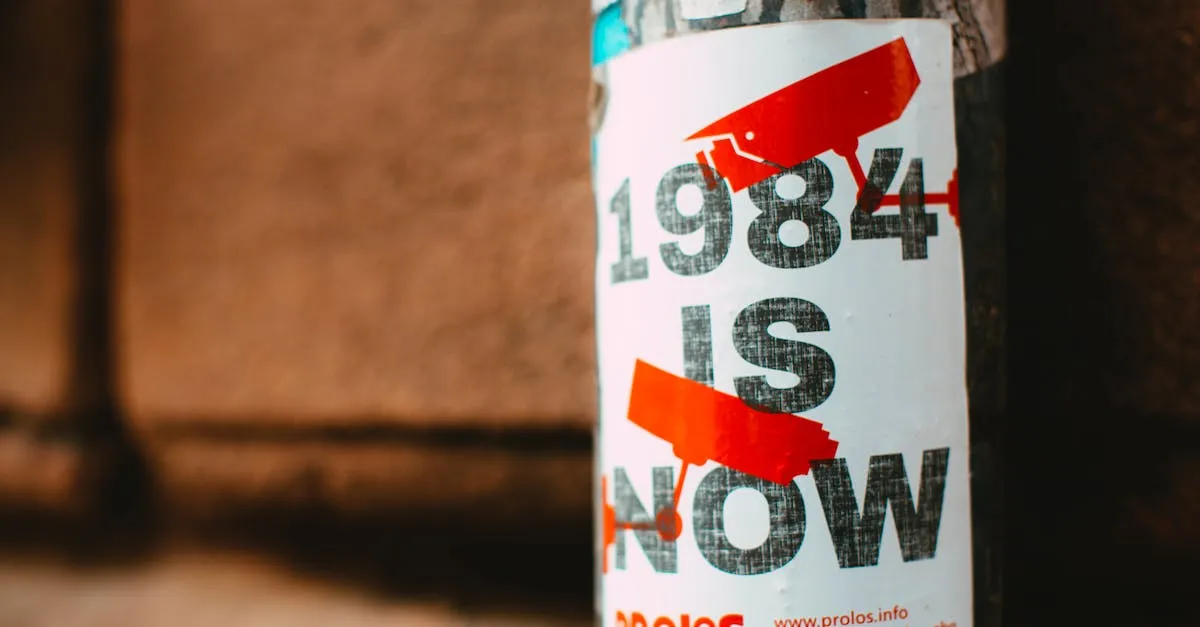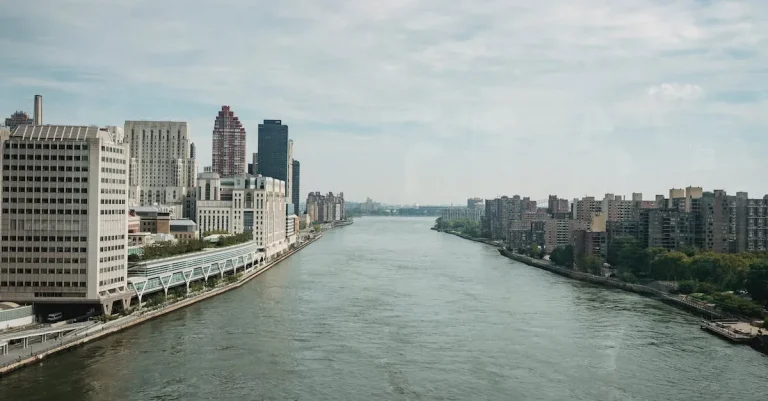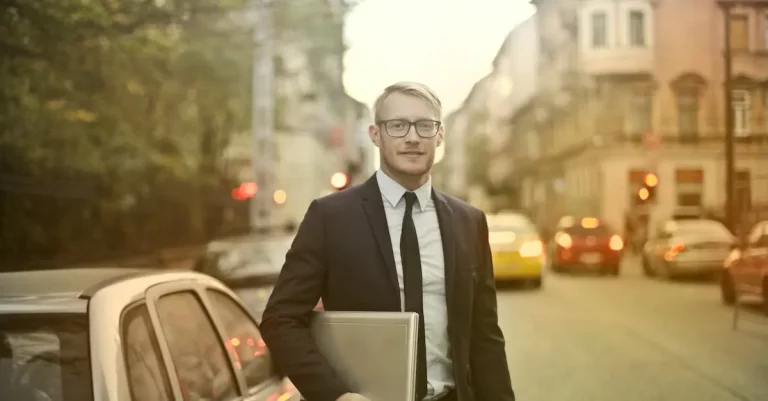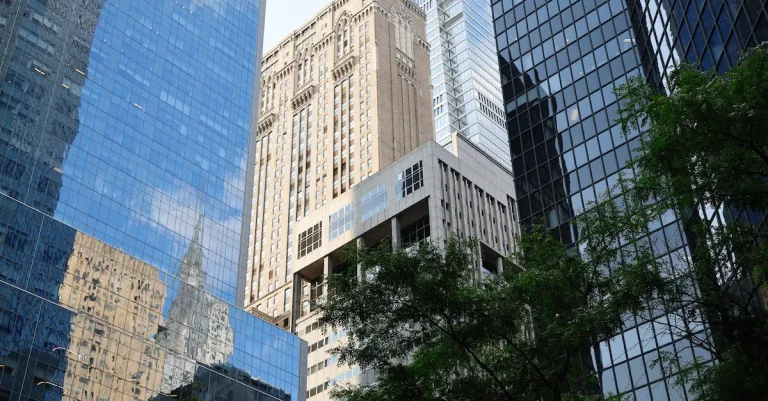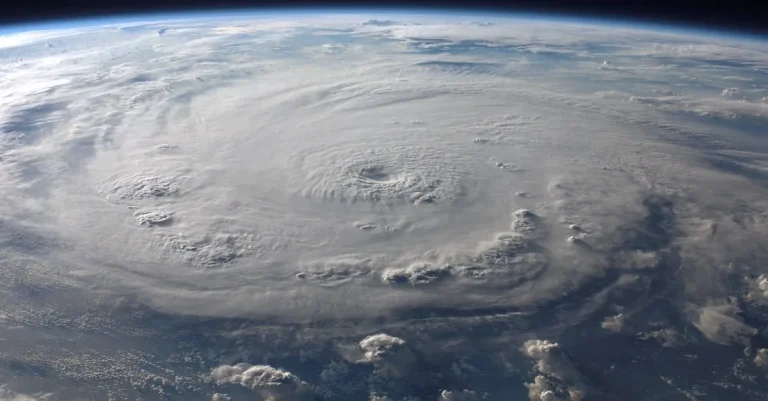Examining Why San Francisco Is Perceived To Have Worsened In Recent Years
Once seen as a shining progressive city with bustling culture, San Francisco is increasingly criticized by residents and visitors for deteriorating conditions. If you’re looking for a quick answer – the rise in homelessness, property crime, high costs of living, and urban challenges like traffic congestion and dirty streets have all contributed to the perception that San Francisco is not what it used to be. In this in-depth article, we will analyze the factors that have led to San Francisco’s diminished reputation and examine both sides of the issue.
By exploring everything from crime rates and housing issues to mental healthcare and the tech boom, we aim to provide a balanced, nuanced look at what is ailing this iconic American city and the complex dynamics at play. Whether you live in the Bay Area or are just curious, you will come away better informed about the forces shaping San Francisco in the 21st century.
Rise in Visible Homelessness
The rise in visible homelessness is one of the key factors contributing to the perception that San Francisco has worsened in recent years. The city has been grappling with a growing homeless population, with encampments and individuals sleeping on the streets becoming increasingly common sights.
This issue has garnered national attention and has led to a public outcry for solutions.
Income Inequality
One of the underlying causes of the rise in visible homelessness in San Francisco is income inequality. The city has a high concentration of wealth, with some of the world’s largest technology companies headquartered there.
However, this wealth is not evenly distributed, and many residents struggle to afford basic necessities like housing and healthcare. The disparity between the rich and the poor has widened, making it harder for low-income individuals and families to keep up with the rising cost of living in the city.
According to a report by the United Way, nearly one in three households in San Francisco is considered “working poor,” meaning they have jobs but still struggle to make ends meet. This staggering statistic highlights the challenges faced by many residents in affording housing and other basic necessities.
Housing Shortages
Another contributing factor to the rise in visible homelessness in San Francisco is the shortage of affordable housing. The city has experienced a significant increase in population, driven by the booming technology sector.
However, the construction of new housing has not kept pace with the demand, leading to skyrocketing rents and a lack of available affordable units.
According to a study by the Urban Institute, San Francisco has one of the highest rent-to-income ratios in the country. This means that a significant portion of residents’ income goes towards paying rent, leaving little left over for other expenses.
As a result, many individuals and families find themselves unable to afford stable housing and are forced into homelessness.
Cost of Living Increases
The cost of living in San Francisco has also played a role in the rise in visible homelessness. The city consistently ranks as one of the most expensive places to live in the United States. High costs for housing, transportation, and everyday goods and services make it difficult for many residents to make ends meet.
According to the Bureau of Economic Analysis, the cost of living index in San Francisco is significantly higher than the national average. This means that everyday expenses like groceries, healthcare, and utilities are more expensive in the city compared to other parts of the country.
For individuals and families already struggling to afford housing, these additional costs can push them further into financial instability and potentially homelessness.
Upticks in Property Crime
One of the key reasons why San Francisco is perceived to have worsened in recent years is the significant uptick in property crime. This has caused concern among residents and visitors alike, as these crimes can have a direct impact on their safety and well-being.
Let’s take a closer look at some of the specific aspects of property crime that have been on the rise in the city.
Car Break-Ins
Car break-ins have become a pervasive issue in San Francisco, with many individuals falling victim to this crime. Criminals often target parked vehicles, smashing windows or forcibly opening doors to steal valuable items left inside.
The prevalence of car break-ins has led to a sense of insecurity and frustration among residents and visitors, who feel that more needs to be done to address this issue.
Retail Theft
Retail theft has also seen a significant increase in recent years, contributing to the perception that San Francisco has worsened. Shoplifting incidents have become more frequent, with individuals brazenly stealing merchandise from stores and causing financial losses for businesses.
Retailers are grappling with the challenge of finding effective ways to deter theft and protect their inventory.
Effects on Tourism
The rise in property crime, particularly car break-ins and retail theft, has had a negative impact on tourism in San Francisco. Visitors who come to the city for its iconic landmarks and vibrant culture may find themselves discouraged by the reports of crime.
This can lead to a decrease in tourism revenue and a tarnished reputation for the city as a tourist destination.
According to recent statistics from the San Francisco Police Department, car break-ins have increased by 14% compared to the previous year, while retail theft cases have risen by 20%. These numbers highlight the severity of the issue and the need for proactive measures to combat property crime in the city.
Addressing the uptick in property crime is crucial for San Francisco to regain its reputation as a safe and desirable place to live and visit. Law enforcement agencies, city officials, and community organizations are working together to develop strategies that can effectively reduce property crime and restore confidence in the city’s security.
For more information on crime statistics and efforts to combat property crime in San Francisco, you can visit the official website of the San Francisco Police Department: https://www.sanfranciscopolice.org/
Public Health Challenges
Access to Mental Healthcare
One of the public health challenges facing San Francisco is the limited access to mental healthcare. Many individuals in the city struggle with mental health issues, but there is a shortage of mental health facilities and professionals available to provide adequate care.
This lack of access to mental healthcare can have serious implications for individuals and the overall well-being of the community.
According to a report by the San Francisco Department of Public Health, approximately 1 in 6 adults in the city has a mental health need, but only 1 in 4 individuals with mental health issues receive treatment. This disparity highlights the significant gap in access to care.
Drug Addiction
Another major public health challenge in San Francisco is drug addiction. The city has been grappling with a growing opioid crisis, with high rates of drug overdose deaths and increasing numbers of individuals struggling with addiction.
According to data from the National Institute on Drug Abuse, California, including San Francisco, has seen a steady increase in opioid-related deaths over the past decade. This crisis not only affects the individuals directly involved but also has broader implications for public safety and community well-being.
Street Conditions
The deteriorating street conditions in San Francisco have also contributed to the perception that the city has worsened in recent years. Issues such as homelessness, trash accumulation, and unsanitary conditions have become more prevalent in certain areas of the city.
According to a report by the Office of the Mayor of San Francisco, efforts have been made to address these street conditions, including increased sanitation services and initiatives to connect homeless individuals with housing and services. However, the magnitude of the problem remains significant.
It is important to note that these public health challenges are complex and multifaceted, and cannot be attributed to a single cause. They require a comprehensive and collaborative approach from various stakeholders in order to effectively address and improve the overall well-being of San Francisco and its residents.
Increased Traffic and Crowding
One of the major reasons why San Francisco is perceived to have worsened in recent years is the increased traffic and crowding. The city has experienced a significant population growth, largely driven by the tech boom in Silicon Valley.
As companies like Google, Facebook, and Apple continue to expand, more people are moving to the Bay Area in search of job opportunities, resulting in a surge in commuter traffic and overcrowded public transportation.
Impacts of Tech Boom
The tech boom in San Francisco has brought tremendous economic growth and innovation to the city, but it has also come with some negative consequences. The influx of tech workers has led to a surge in demand for housing, leading to skyrocketing rents and a shortage of affordable housing options.
This has forced many long-time residents to leave the city in search of more affordable living arrangements, contributing to the perception of increased traffic and crowding.
According to a study conducted by the San Francisco County Transportation Authority, the average commute time in the city has increased by 25% in the past decade due to traffic congestion. This has not only impacted the quality of life for residents but also put a strain on the city’s infrastructure.
Strain on Infrastructure
The increase in population and traffic has put a significant strain on San Francisco’s infrastructure. The city’s roads, bridges, and public transportation systems were not designed to accommodate the current level of demand, resulting in increased congestion and delays.
The aging infrastructure has struggled to keep up with the rapid growth, leading to frequent breakdowns and disruptions in service.
Furthermore, the increase in population has also put pressure on other essential services, such as healthcare and education. Hospitals and schools are facing overcrowding concerns, making it challenging to provide quality services to all residents.
Loss of Parking
As the population of San Francisco continues to grow, the availability of parking spaces has become increasingly scarce. The demand for parking has far exceeded the supply, leading to high parking prices and limited options for residents and visitors alike.
This has resulted in increased frustration and inconvenience for those who rely on cars for transportation.
According to the San Francisco Municipal Transportation Agency, the city has lost approximately 30% of its parking spaces in recent years due to various factors, including the conversion of parking lots into housing developments and the implementation of bike lanes and other alternative transportation initiatives.
This loss of parking has added to the perception of increased traffic and crowding in the city.
High Costs of Living
One of the major reasons why San Francisco is perceived to have worsened in recent years is due to its high costs of living. The city has consistently ranked as one of the most expensive places to live in the United States, with skyrocketing housing and rent prices being a significant factor.
Housing and Rent
The housing market in San Francisco has become extremely competitive, with limited supply and high demand driving prices to astronomical levels. The average rent for a one-bedroom apartment in the city is well above the national average, making it difficult for many residents to afford a decent place to live.
The high costs of housing have also led to an increase in homelessness, as many individuals and families are unable to find affordable housing options. This has further exacerbated the housing crisis in San Francisco and added to the perception that the city has worsened in recent years.
Pushing out Middle Class
The high costs of living in San Francisco have not only affected lower-income individuals, but also the middle class. As housing and rent prices continue to rise, many middle-class families are finding it increasingly difficult to afford to live in the city they once called home.
This has resulted in a significant outmigration of middle-class residents, as they search for more affordable living options outside of San Francisco. This demographic shift has had a negative impact on the city’s diversity and community dynamics, contributing to the perception that San Francisco has worsened in recent years.
Wealth Disparities
The high costs of living in San Francisco have also widened the wealth disparities within the city. While there are individuals and families who can afford to live comfortably, there is also a growing population of individuals who are struggling to make ends meet.
This wealth disparity is evident in the stark contrast between the luxurious neighborhoods and the areas plagued by poverty and homelessness. The perception that San Francisco has worsened in recent years is partly due to the visible wealth disparities and the lack of effective measures to address this issue.
Conclusion
There are clearly multiple contributing factors behind San Francisco’s perceived decline – some out of the city’s control and others where perhaps policy changes could help. While the situation is complex, most agree the city has areas that need meaningful improvement.
With open conversations and dedication to addressing core issues like housing, healthcare, and crime, San Francisco can work to restore its reputation as a vibrant, inclusive city of opportunity. It will require nuanced solutions and long-term commitment, but many believe SF can become a model city once again.

